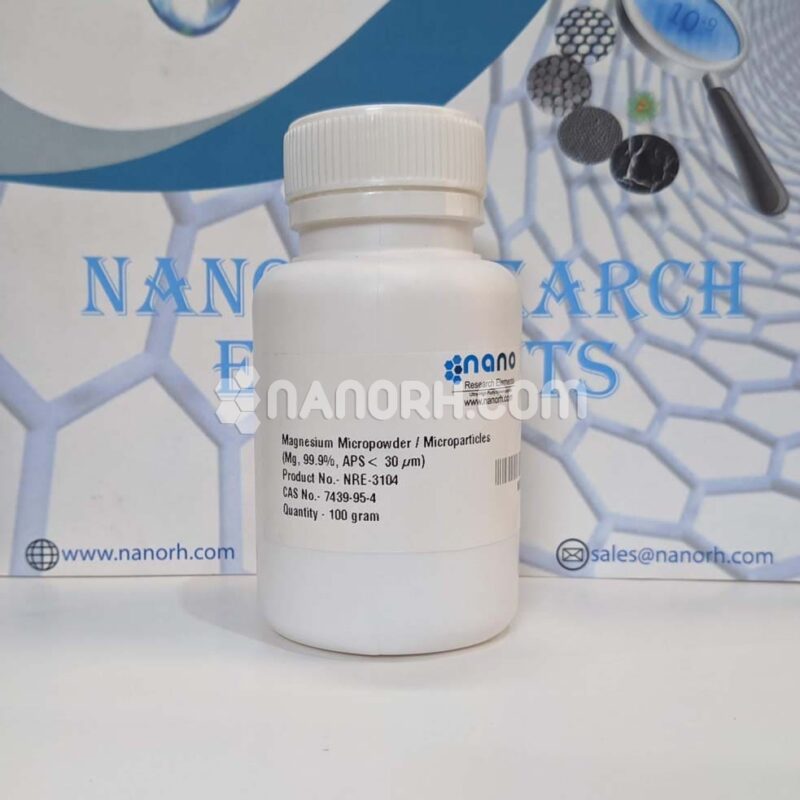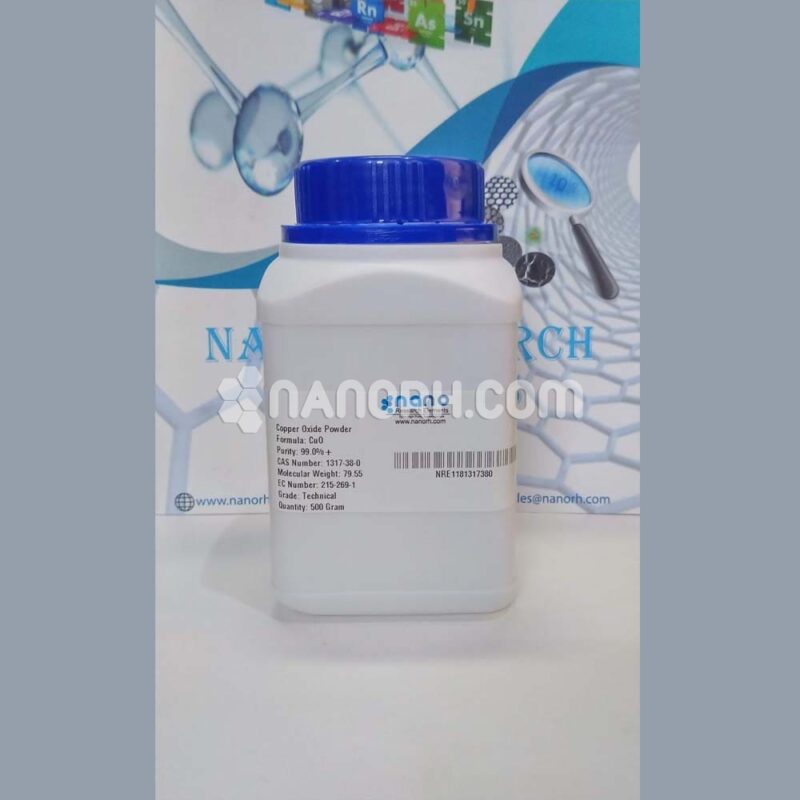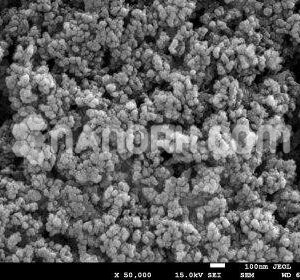| Nickel Oxide MicroPowder | |
| Product No | NRE-10039 |
| CAS No. | 1314-06-3 |
| Formula | Ni2O3 |
| Molecular Weight | 165.39g/mol |
| APS | 1-3um (can be customized) |
| Purity | 99.5% |
| Density | 4.84 g/m3 |
| Color | Gray Black |
| Melting Point | 600 °C |
| Boiling Point | NA |
Nickel Oxide MicroPowder
Nickel oxide (III) is the inorganic compound with the formula Ni2O3. It is not well characterized, sometimes it is called black nickel oxide. Traces of Ni2O3 have been mentioned on nickel surfaces. A related material, better characterized, is nickel oxide hydroxide (NiOH), which is probably the reagent used in organic synthesis, since it is generated in aqueous media.
Nickel powder (III) oxide (Ni2O3)
Nickel oxide (III) is a source of highly stable, thermally stable nickel, suitable for glass, optical and ceramic applications. Nickel oxide is a green crystalline solid and primary nickel oxide. Although of a rare nature, several million kilograms are produced in high purity nickel-oxide (NiO) powder (99.999%) per year. Oxide compounds do not lead to electricity. However, some structured perovskite oxides are an electroconductive research application in the cathode of solid oxide fuel cells and in oxygen generation systems. They are compounds that contain at least one oxygen anion and a metal cation. Generally, they are insoluble in aqueous (water) and extremely stable solutions, so they are useful in simple ceramic structures such as producing clay pots for advanced electronic components and light structural components in aerospace and electrochemical applications such as fuel cells in which they exhibit ionic conductivity. The metal oxide compounds are basic anhydrides and, therefore, can react with acids and strong reducing agents in the oxidation-reduction reactions. Nickel oxide is also available in pellets, parts, powders, pulverizers, tablets, and nanopowders (from the nano-scale production facilities of Nano Research Elements). Nickel oxide is generally available immediately in most volumes. They can be considered forms of high purity, submicron, and nanopowder. Further technical, research, and safety information (MSDS) is available.




